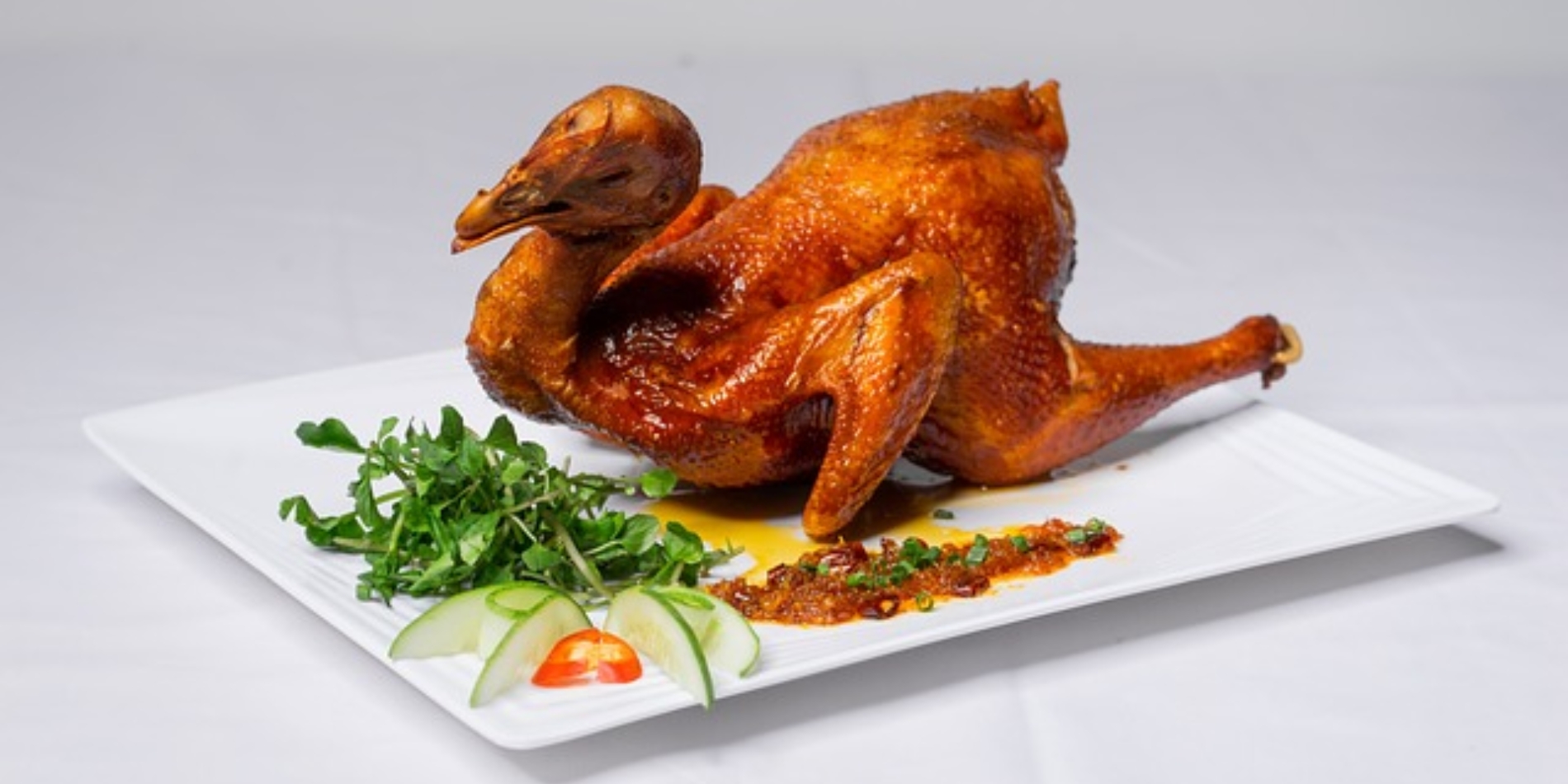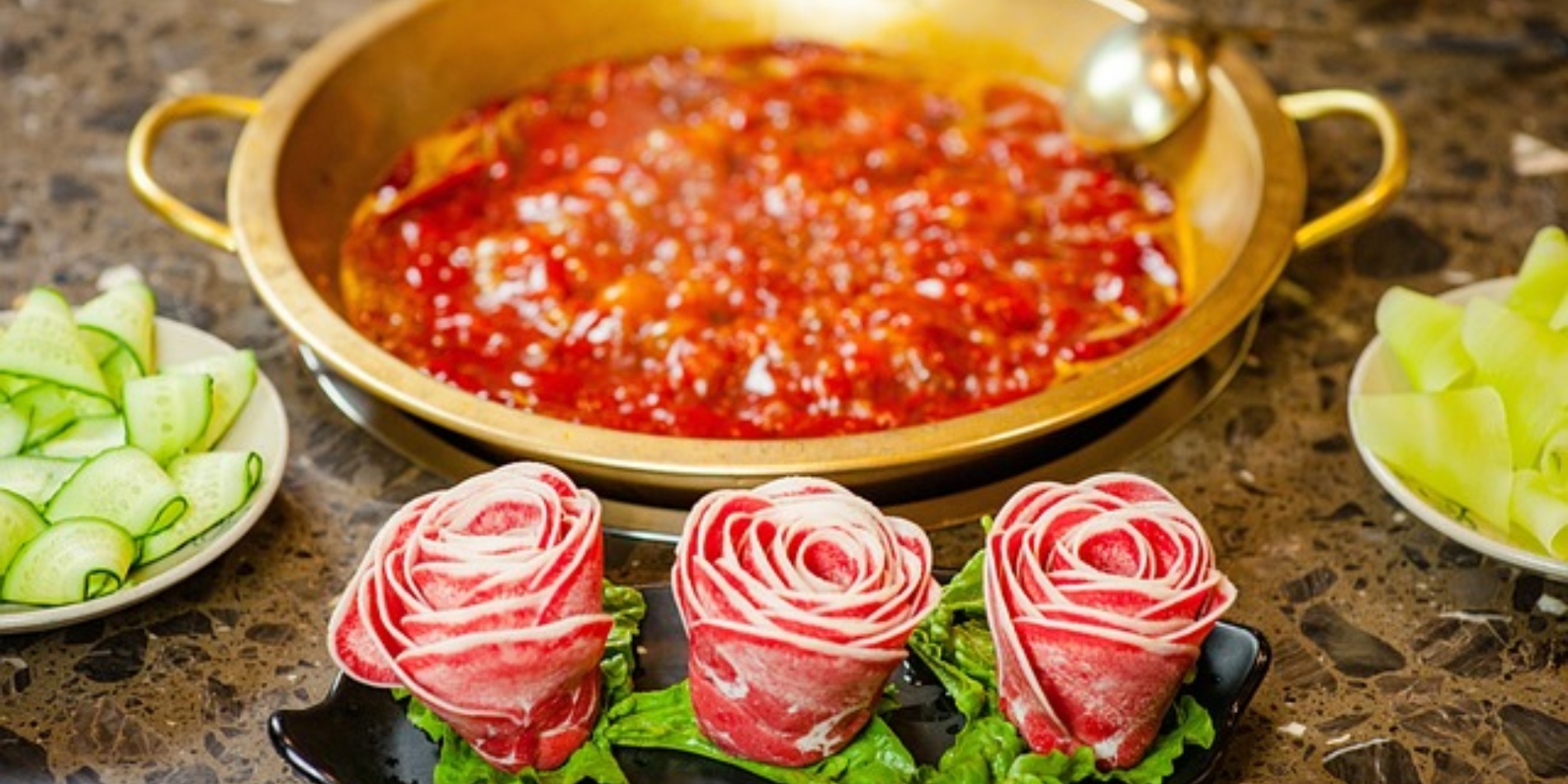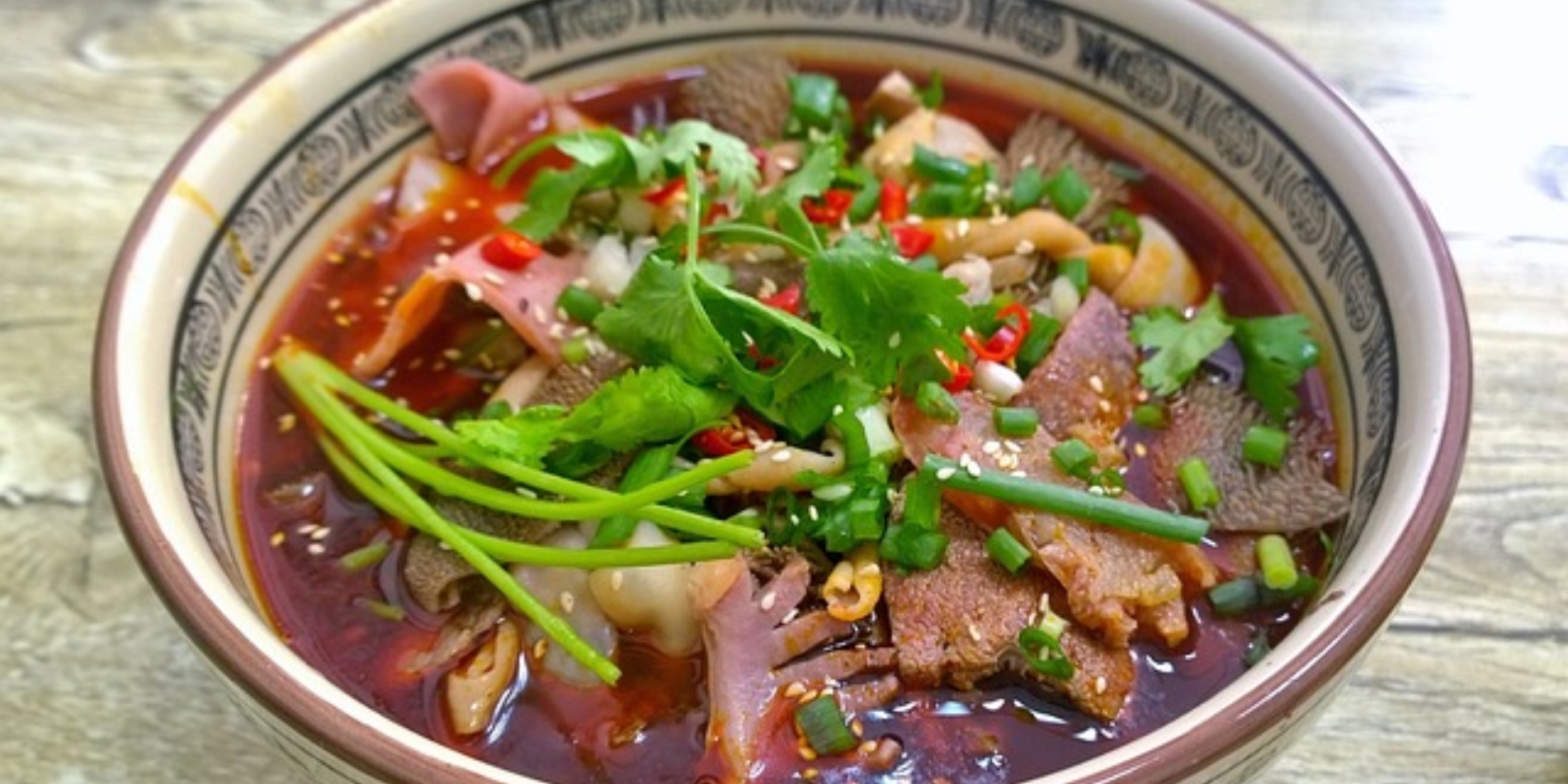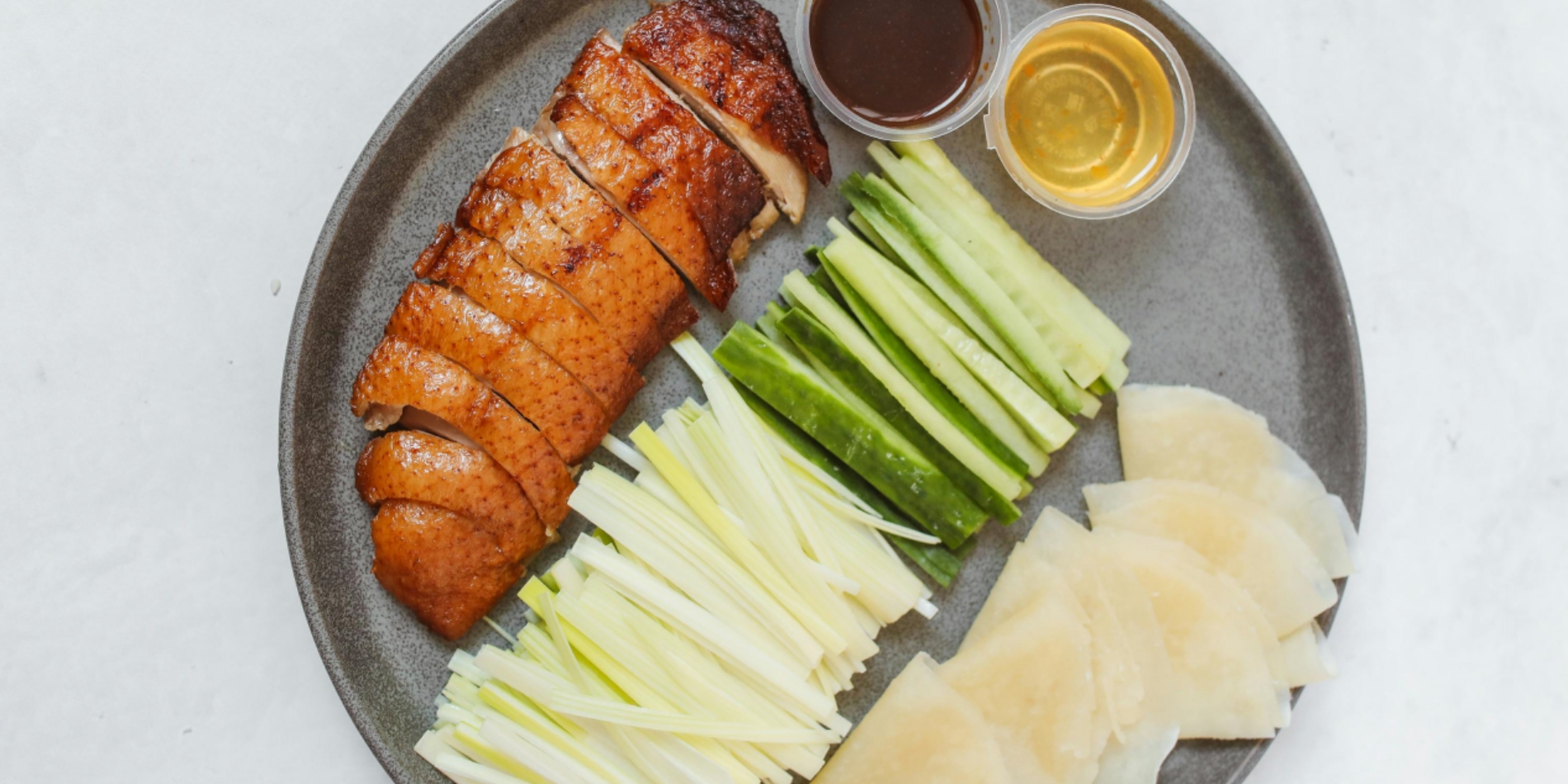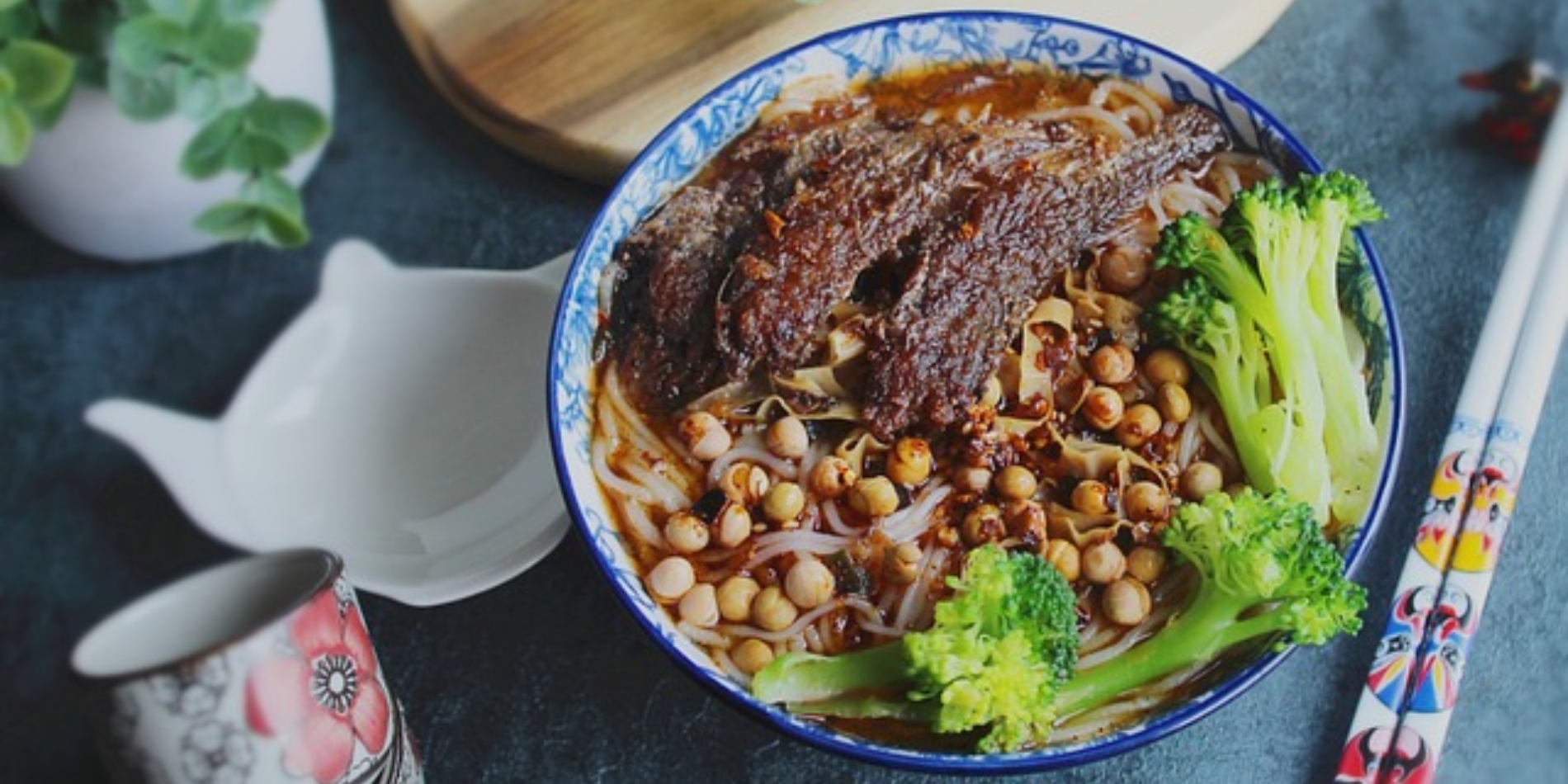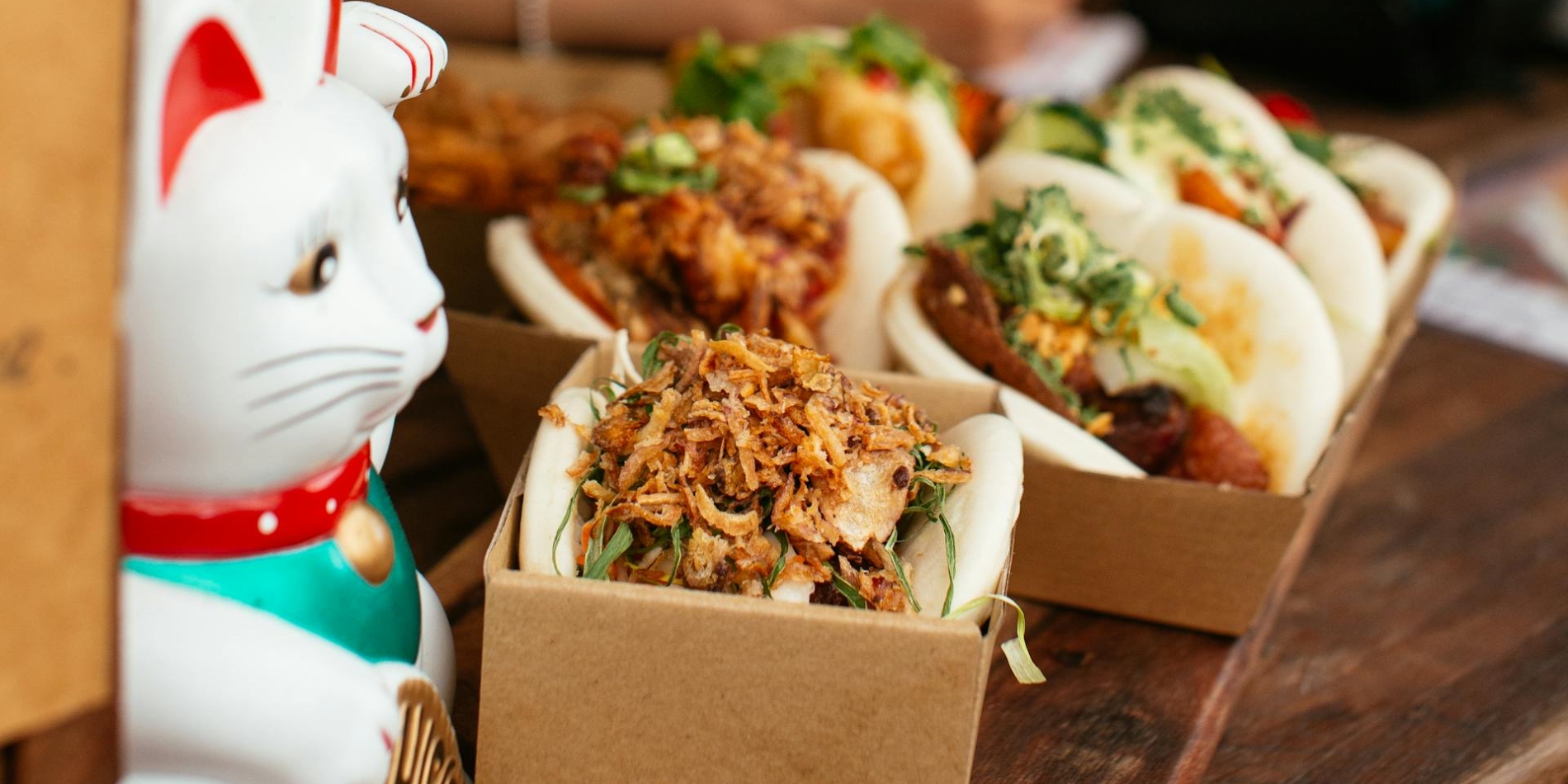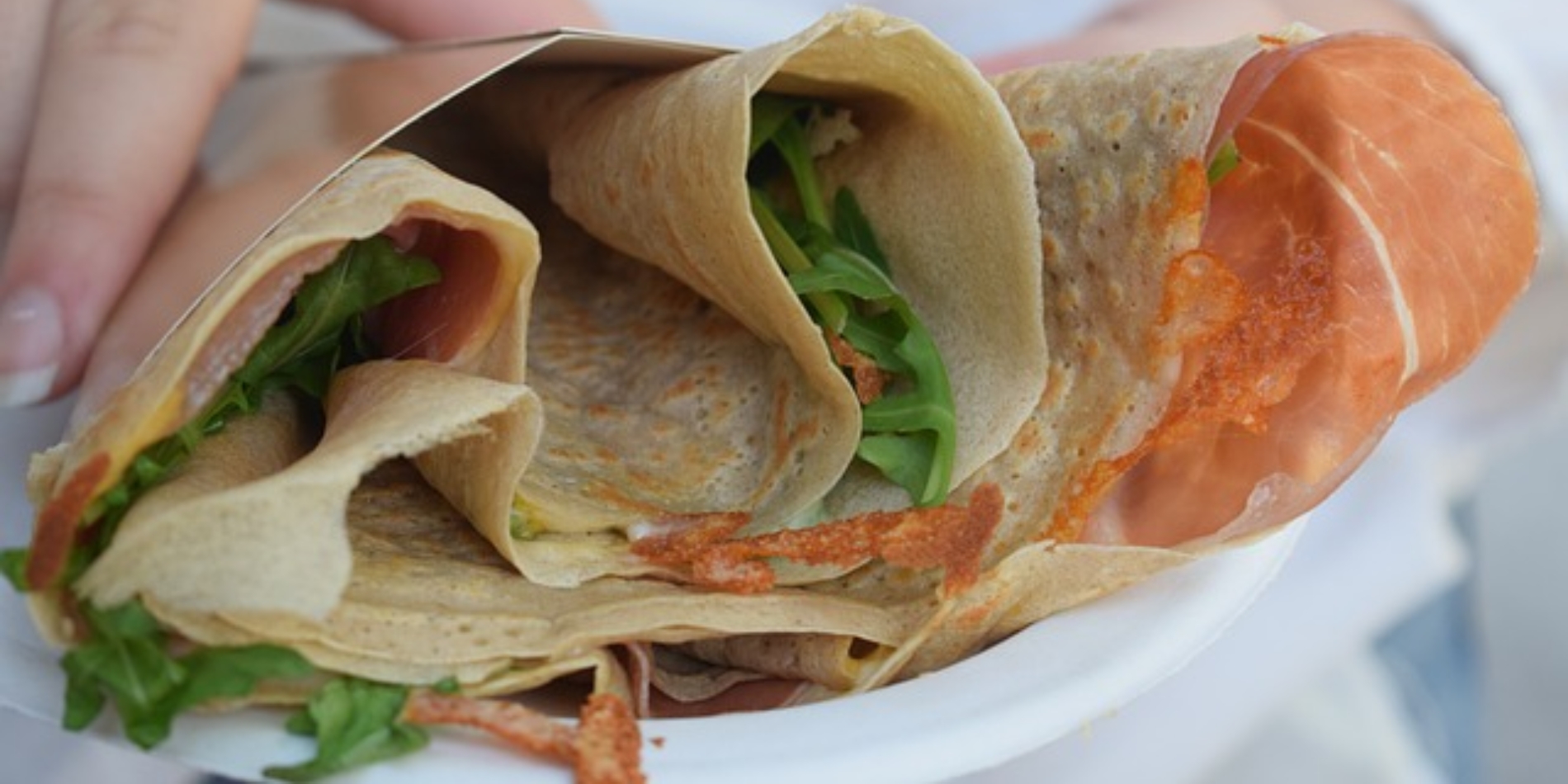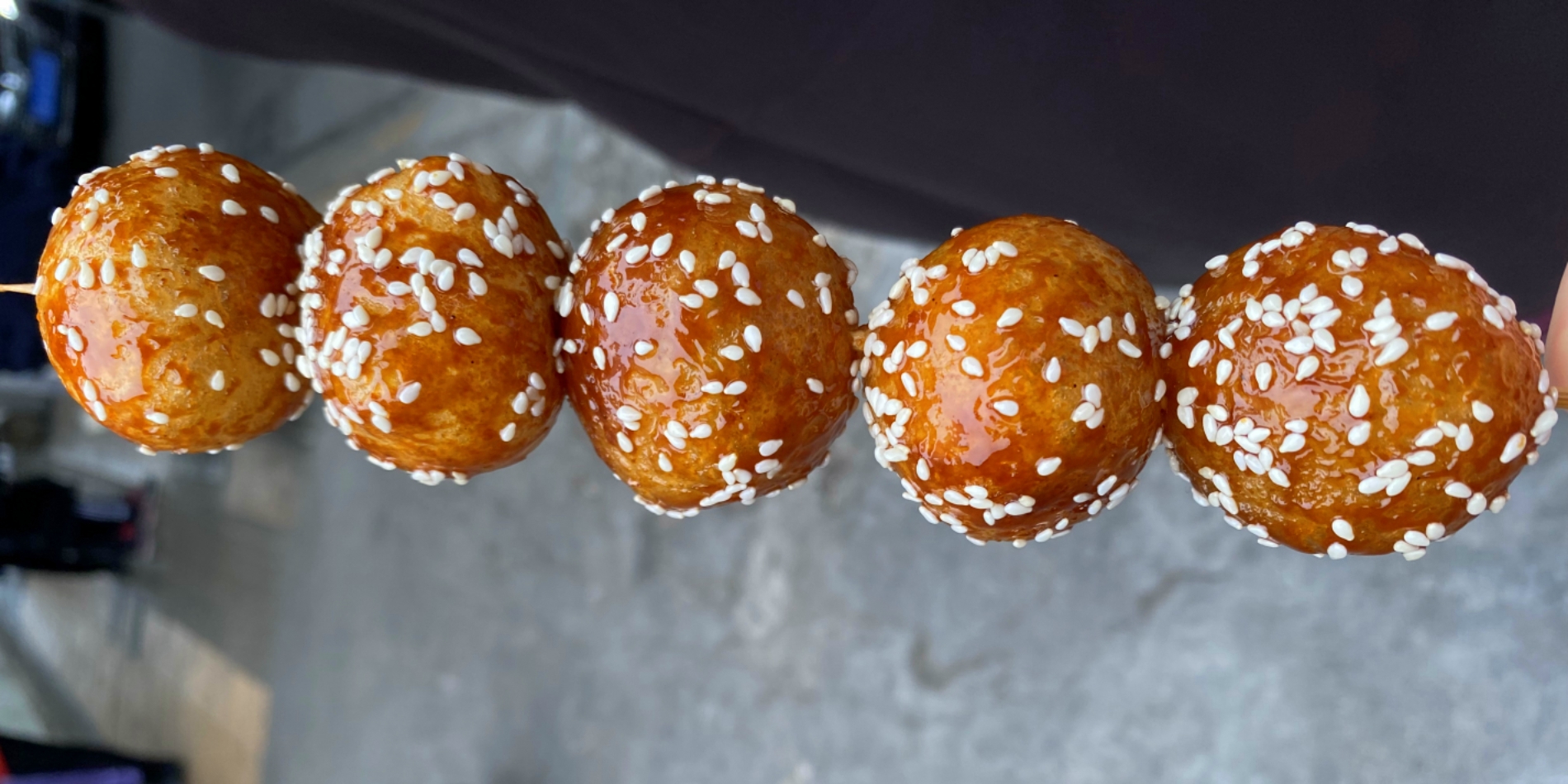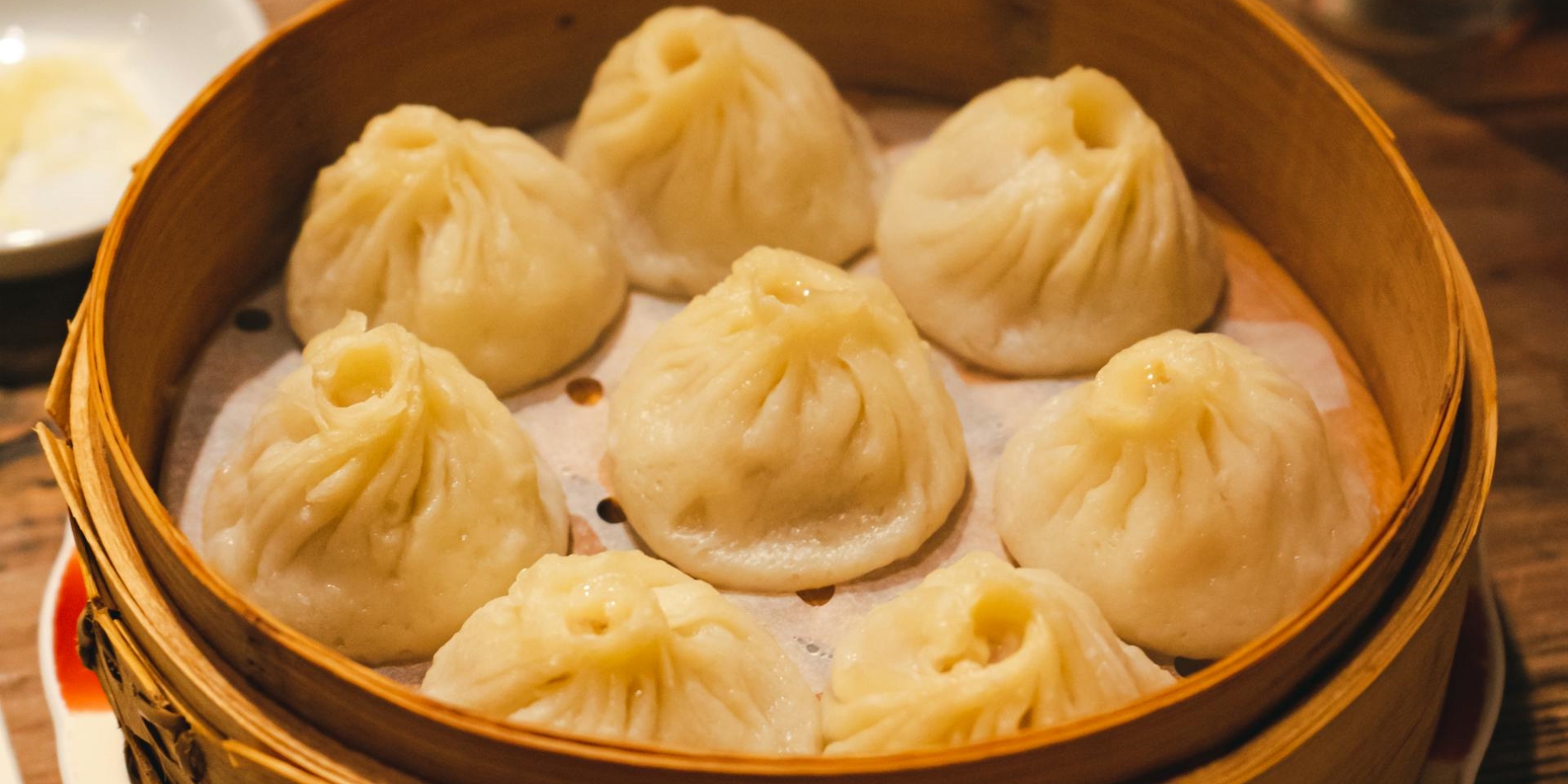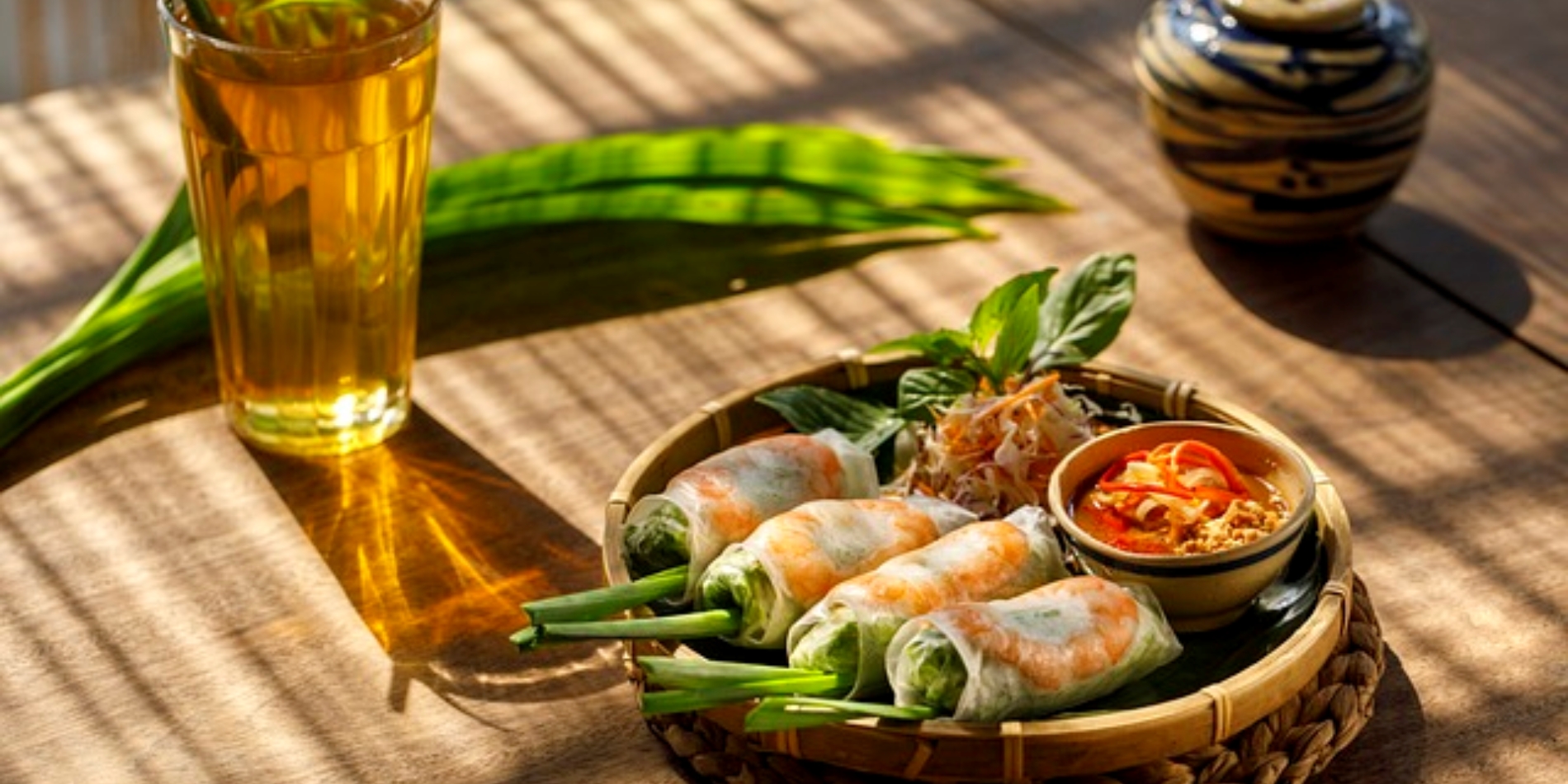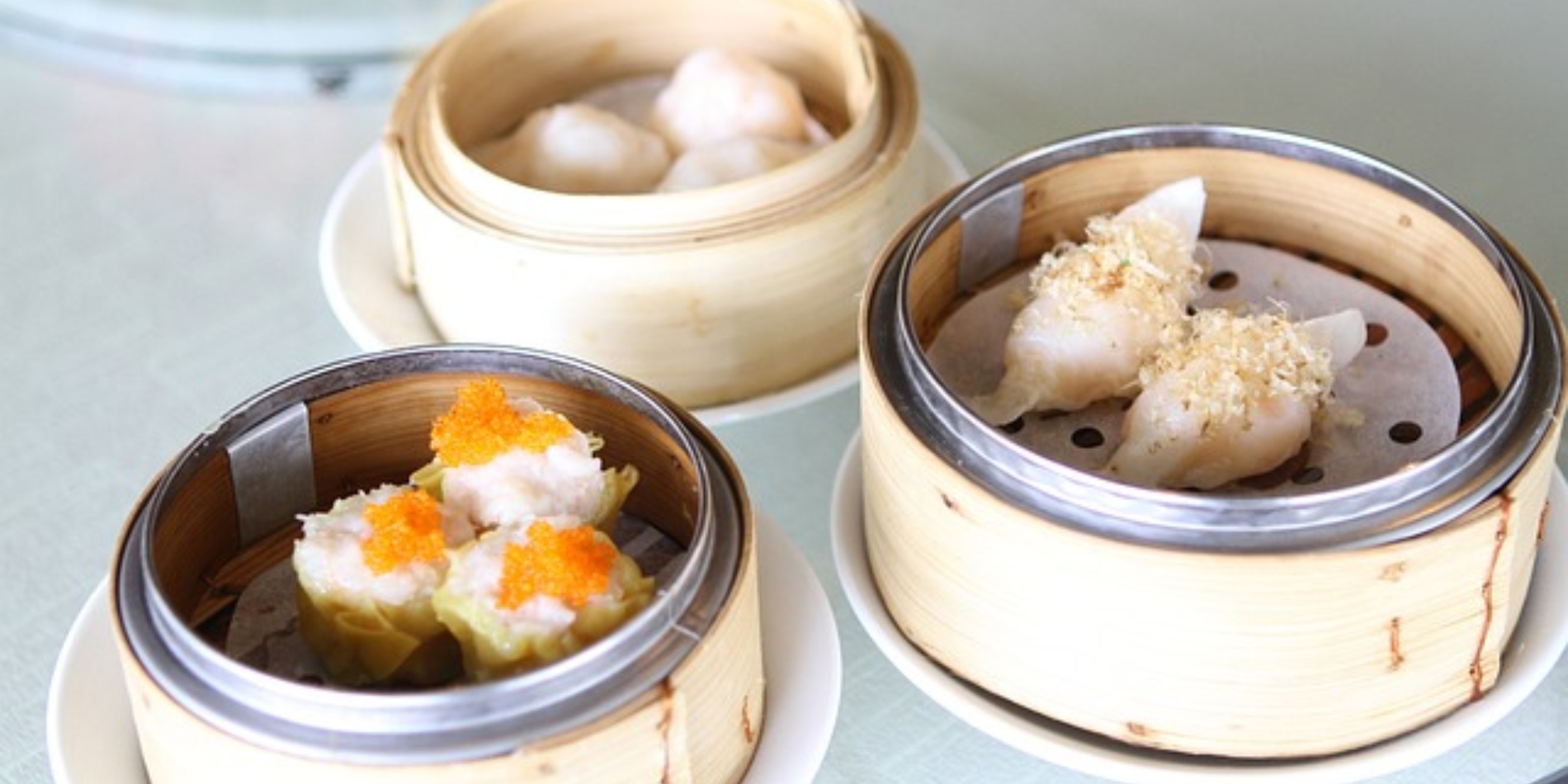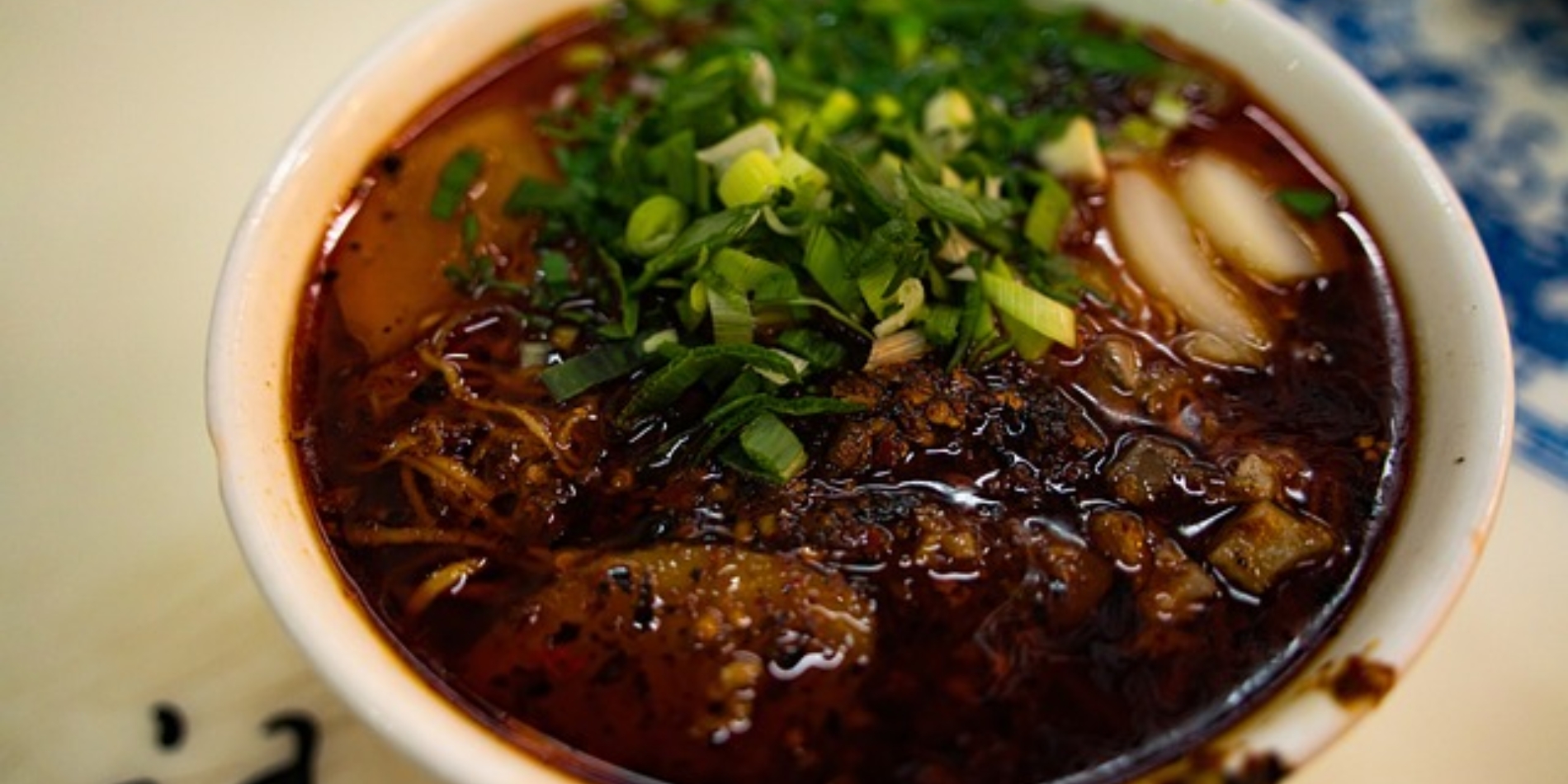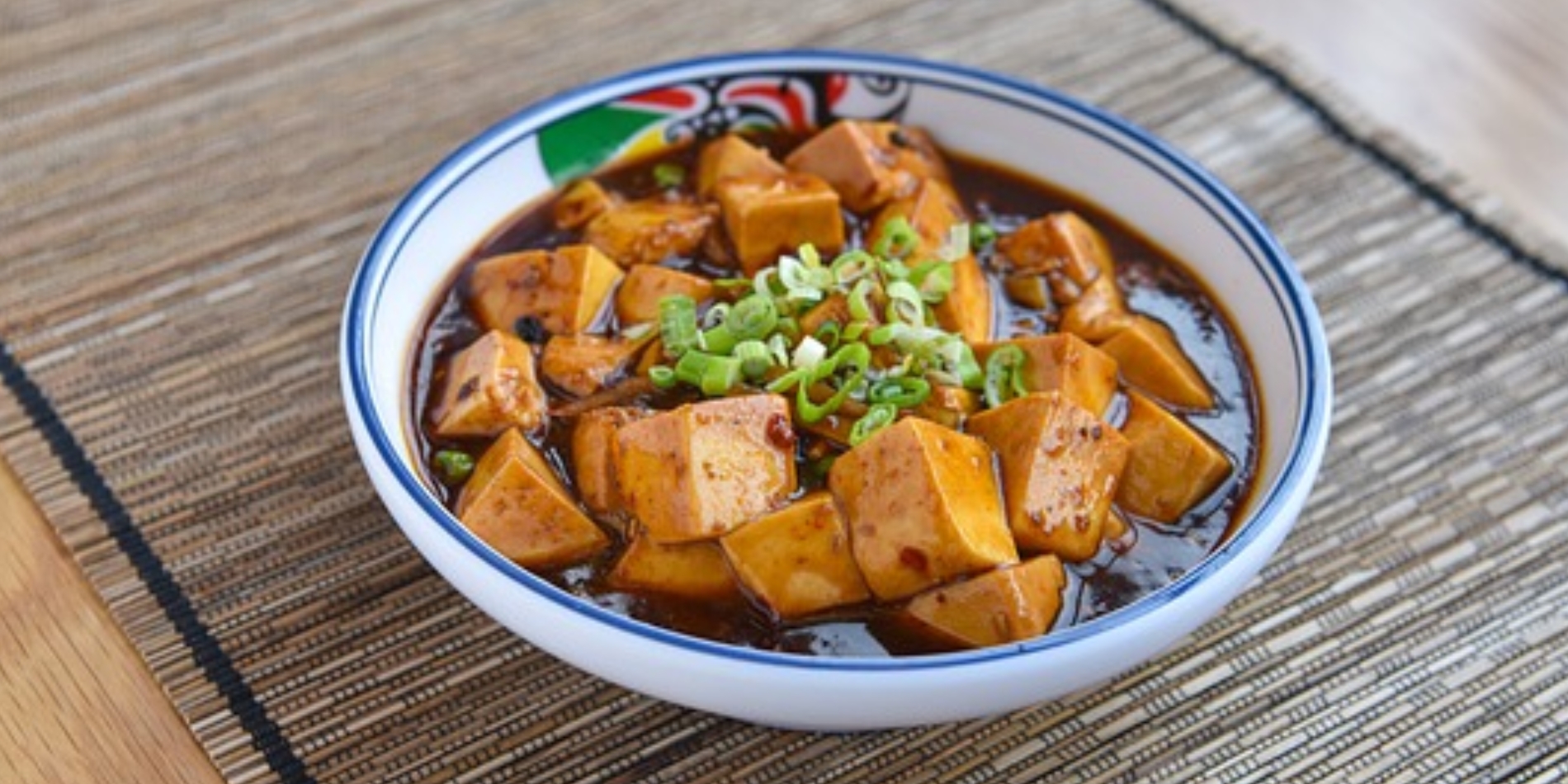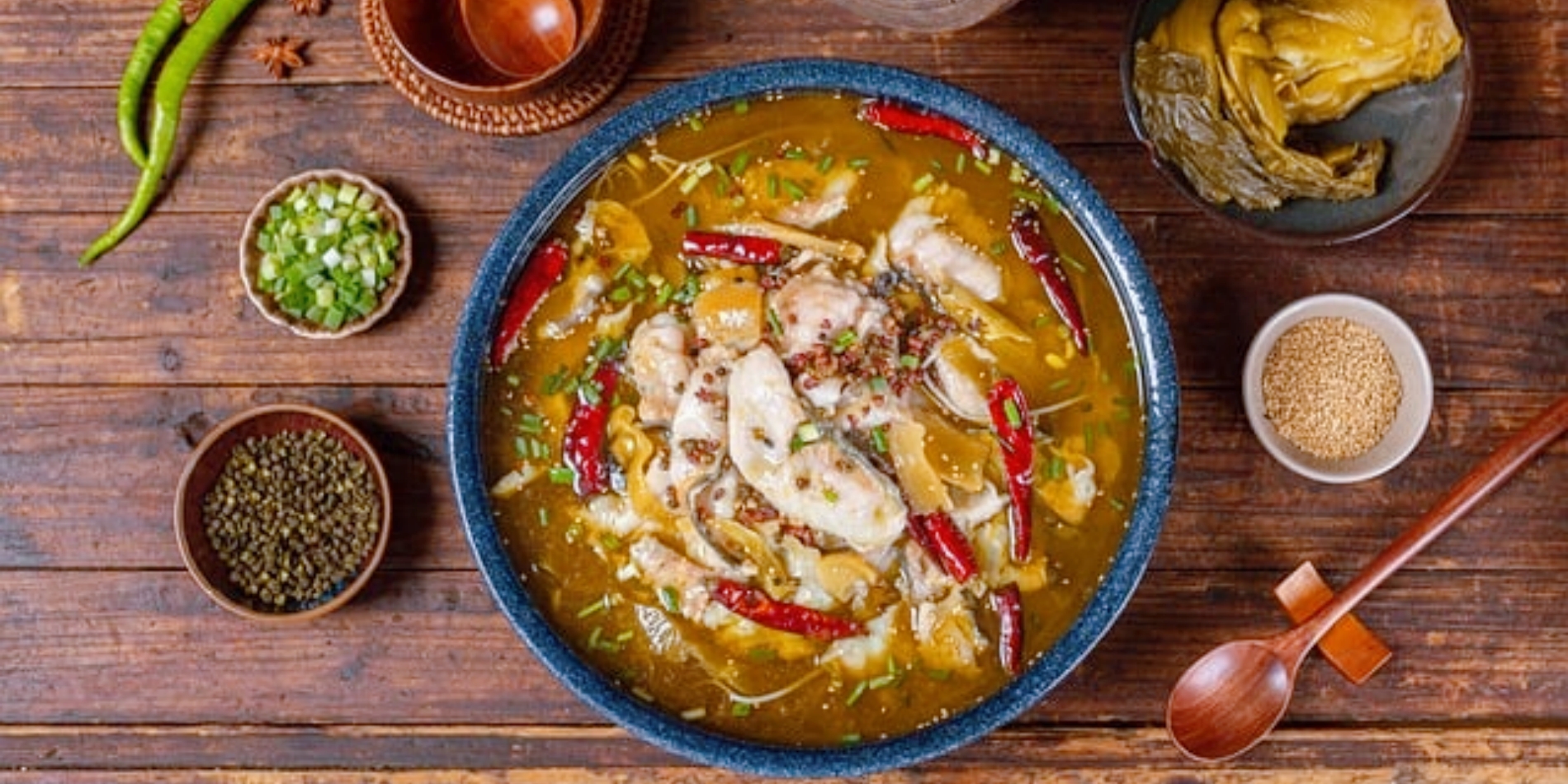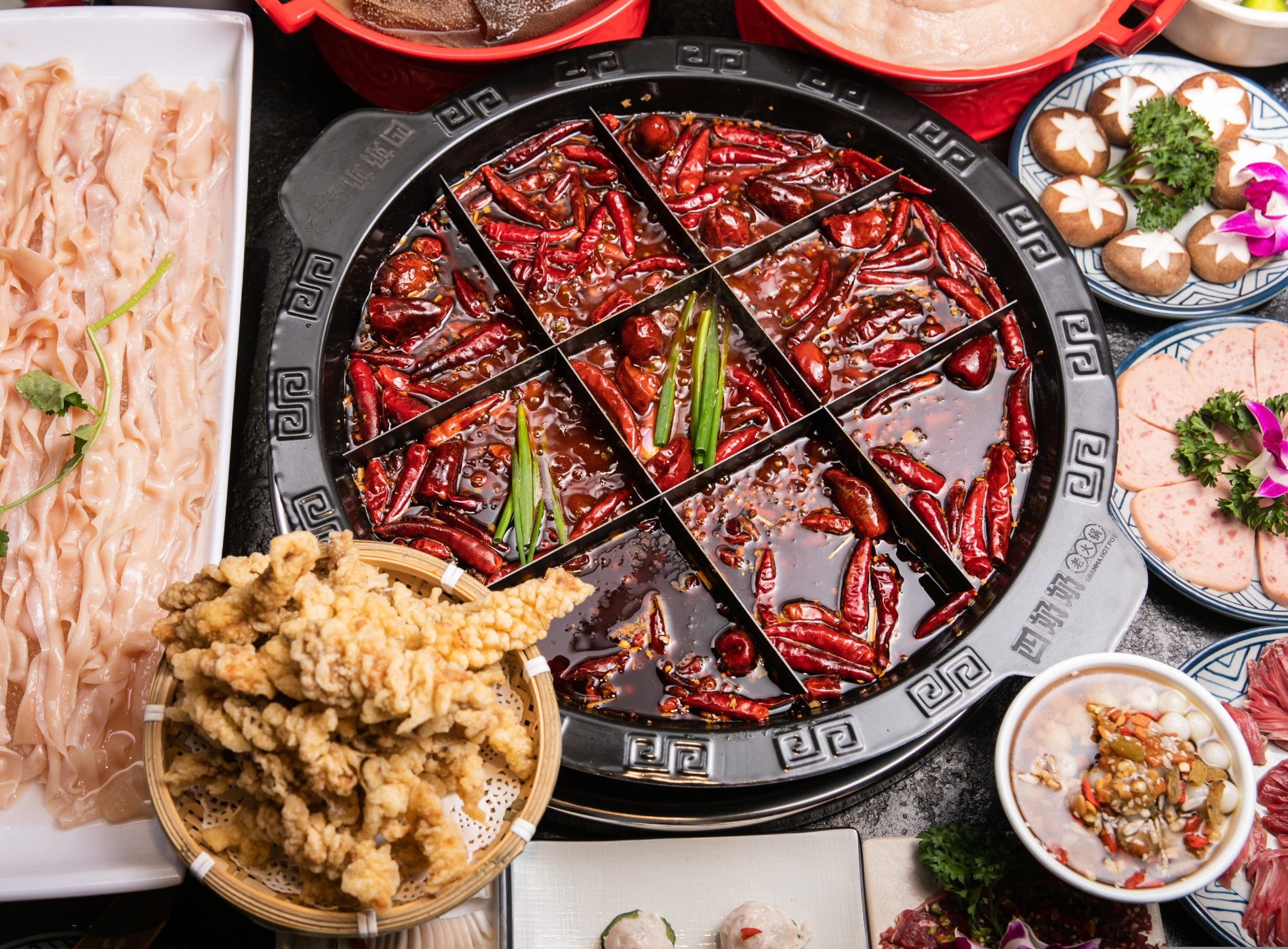Chinese Food Culture
1. Chinese Food: Eight Major Cuisines
● Sichuan cuisine
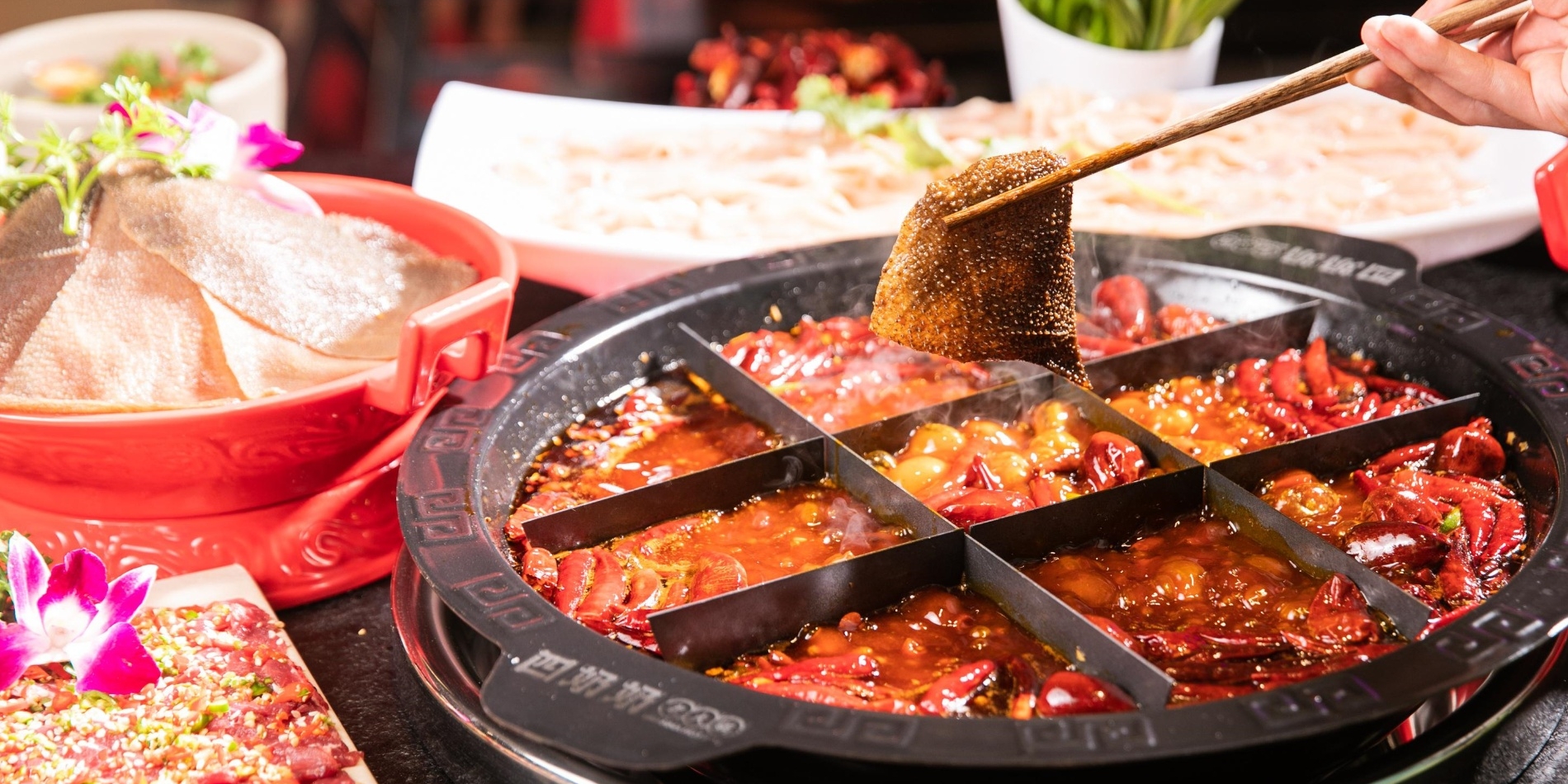
Sichuan cuisine, as one of the eight major cuisines in China, is known for its bold and spicy flavors, Sichuan cuisine is characterized by the famous "má là" sensation—a combination of numbing and spicy heat imparted by Sichuan peppercorns and chili peppers. The cuisine also incorporates a variety of flavors including sour, sweet, and savory, achieving a harmonious balance in each dish. Common cooking methods include stir-frying, braising, steaming, and stewing, each designed to enhance the flavors of the ingredients.
Key ingredients in Sichuan cuisine include Sichuan peppercorns, chili peppers, garlic, ginger, doubanjiang (fermented broad bean paste), and fermented black beans.
Classic Dishes: Mapo Tofu, Gong Bao Chicken, Yu Xiang Rou Si, Shui Zhu Yu, Hot Pot.
Sichuan cuisine's cultural significance, bold flavors, and diverse array of dishes have earned it global acclaim, making it one of the most beloved and influential regional Chinese cuisines worldwide.
● Shandong cuisine
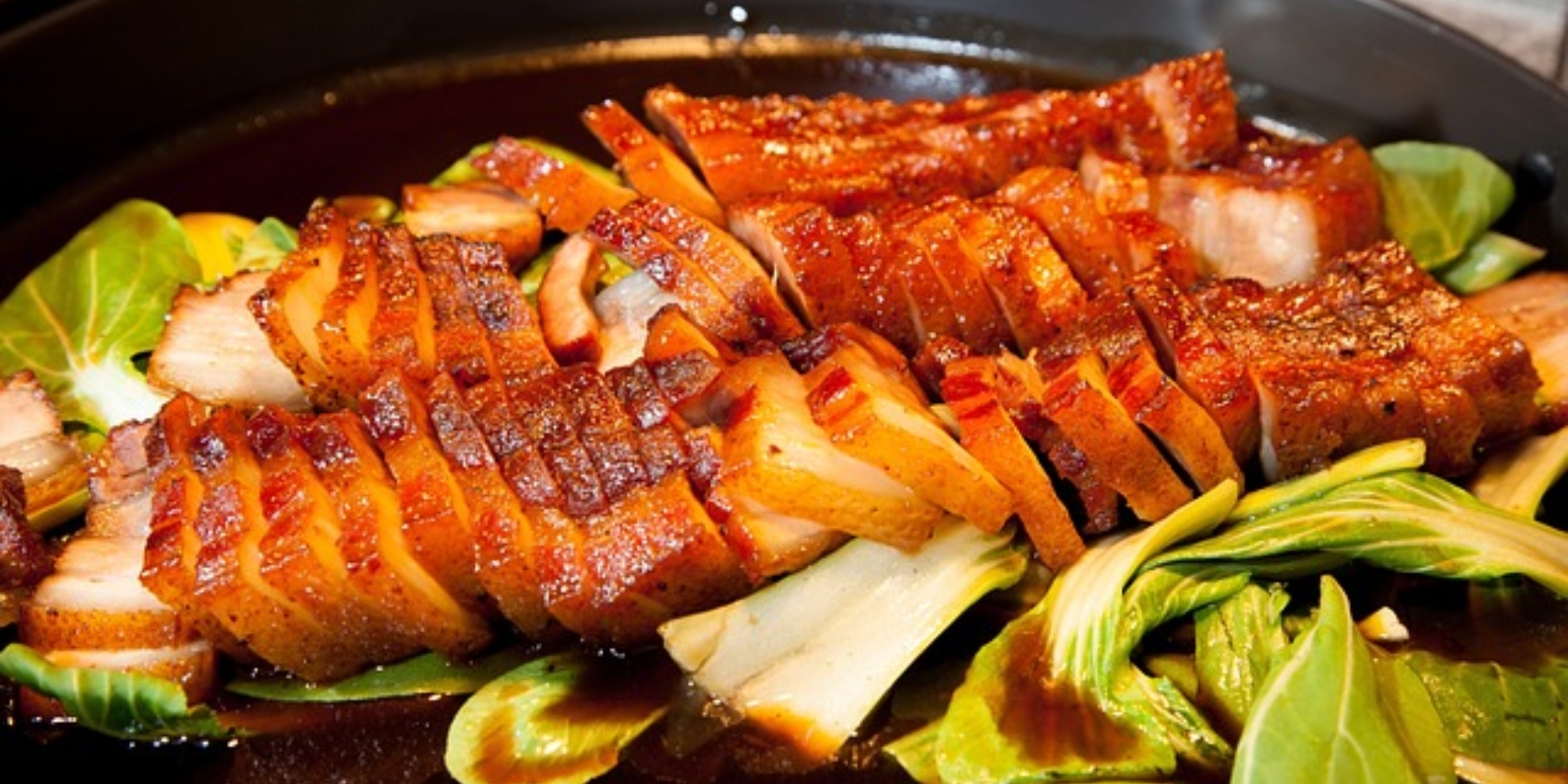
Shandong cuisine, also known as Lu cuisine, originates from the eastern coastal province of Shandong in China. It holds a prestigious position among Chinese culinary traditions, renowned for its historical significance and influence on northern Chinese cooking styles. It is characterized by its emphasis on freshness and aroma, focusing on clear broths, fresh seafood, and a variety of cooking techniques. It features a delicate balance of flavors, often highlighting salty, savory, and crisp textures. Common cooking methods include quick frying, stir-frying, braising, deep-frying, and steaming, aiming to preserve the natural flavors and textures of the ingredients.
Key ingredients in Shandong cuisine include seafood (especially fish and shellfish), poultry (such as chicken and duck), and a variety of grains and vegetables.
Classic Dishes: Sweet and Sour Carp, Braised Sea Cucumber with Scallions, Jinan-style Braised Four Treasures, Stir-fried Clams in Black Bean Sauce.
Shandong cuisine's cultural significance, emphasis on freshness, and diverse array of dishes reflect the region's coastal bounty and agricultural richness. It continues to be celebrated both domestically and internationally for its refined flavors and culinary techniques.
● Cantonese cuisine
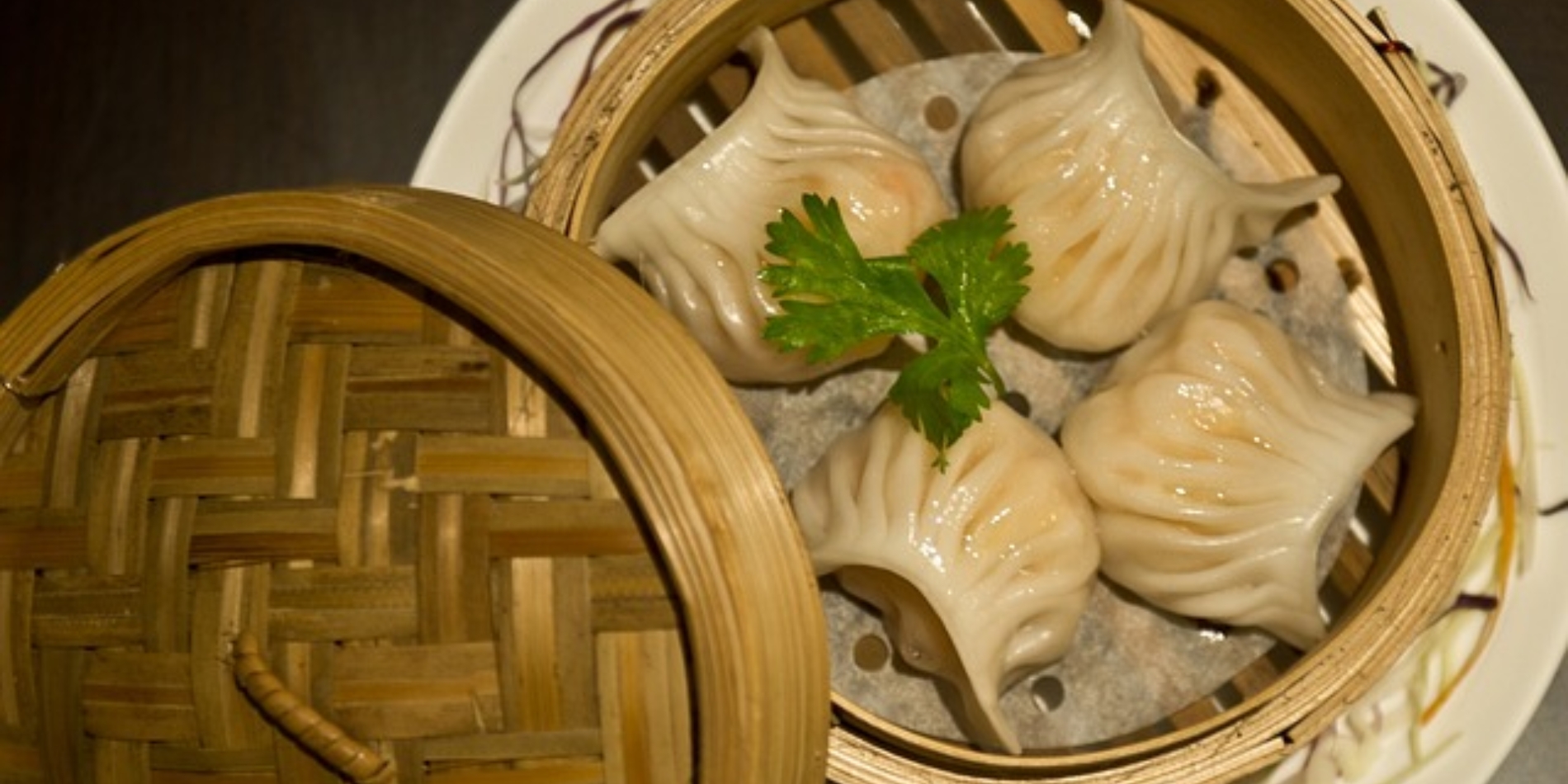
Cantonese cuisine, originates from the Guangdong province in southern China, specifically the region around Guangzhou (Canton). It holds a revered position as one of the most influential and popular regional cuisines in China and around the world. It is celebrated for its fresh ingredients and delicate flavors, emphasizing natural tastes without heavy seasoning. It features a diverse range of flavors including sweet, sour, salty, and savory, often achieving a perfect balance in each dish. Common cooking methods include stir-frying, steaming, roasting (especially meats like Cantonese roast duck), braising, and deep-frying. These methods preserve the natural textures and flavors of the ingredients while showcasing meticulous culinary skills.
Key ingredients in Cantonese cuisine include seafood (especially fresh fish and shellfish), poultry, pork, and a variety of vegetables.
Classic Dishes: Dim sum, Roasted sucking pig, Sweet and Sour Pork, Cantonese-style Steamed Fish, Roast Goose.
Its influence can be seen in many Chinese restaurants worldwide, showcasing its enduring popularity and culinary excellence.
● Jiangsu cuisine
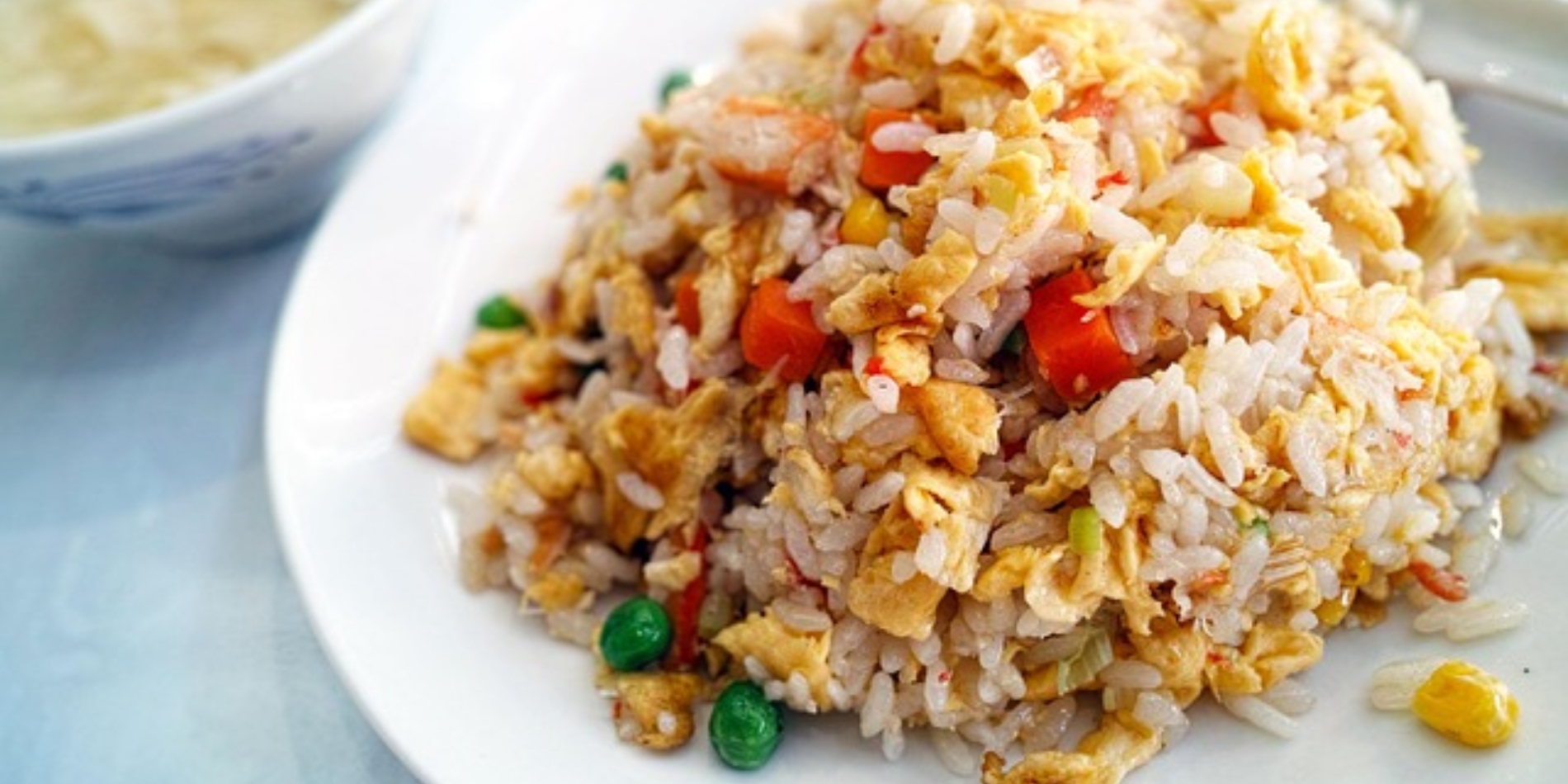
Jiangsu cuisine, originates from the Jiangsu province in eastern China, encompassing cities like Nanjing and Suzhou. It holds a prestigious position among Chinese culinary traditions, celebrated for its delicate flavors, meticulous preparation, and historical significance as one of the Eight Great Traditions of Chinese cuisine. It emphasizes freshness, tenderness, and a light touch with seasonings. It features a balanced and harmonious combination of sweet and savory flavors, often using sugar to enhance dishes. Common cooking methods include braising, stewing, steaming, and stir-frying, with an emphasis on preserving the original flavors and textures of ingredients. The cuisine also showcases exquisite knife skills and intricate presentation techniques.
Key ingredients in Jiangsu cuisine include freshwater fish and crustaceans from the region's numerous lakes and rivers, as well as poultry, bamboo shoots, and a variety of vegetables.
Classic Dishes: Lion's Head Meatballs, Yangzhou Fried Rice, Sweet and Sour Mandarin Fish, Squirrel-shaped Mandarin Fish.
Jiangsu cuisine's rich history and diversity continue to influence modern Chinese culinary trends, showcasing the province's culinary excellence and creativity.
● Zhejiang cuisine
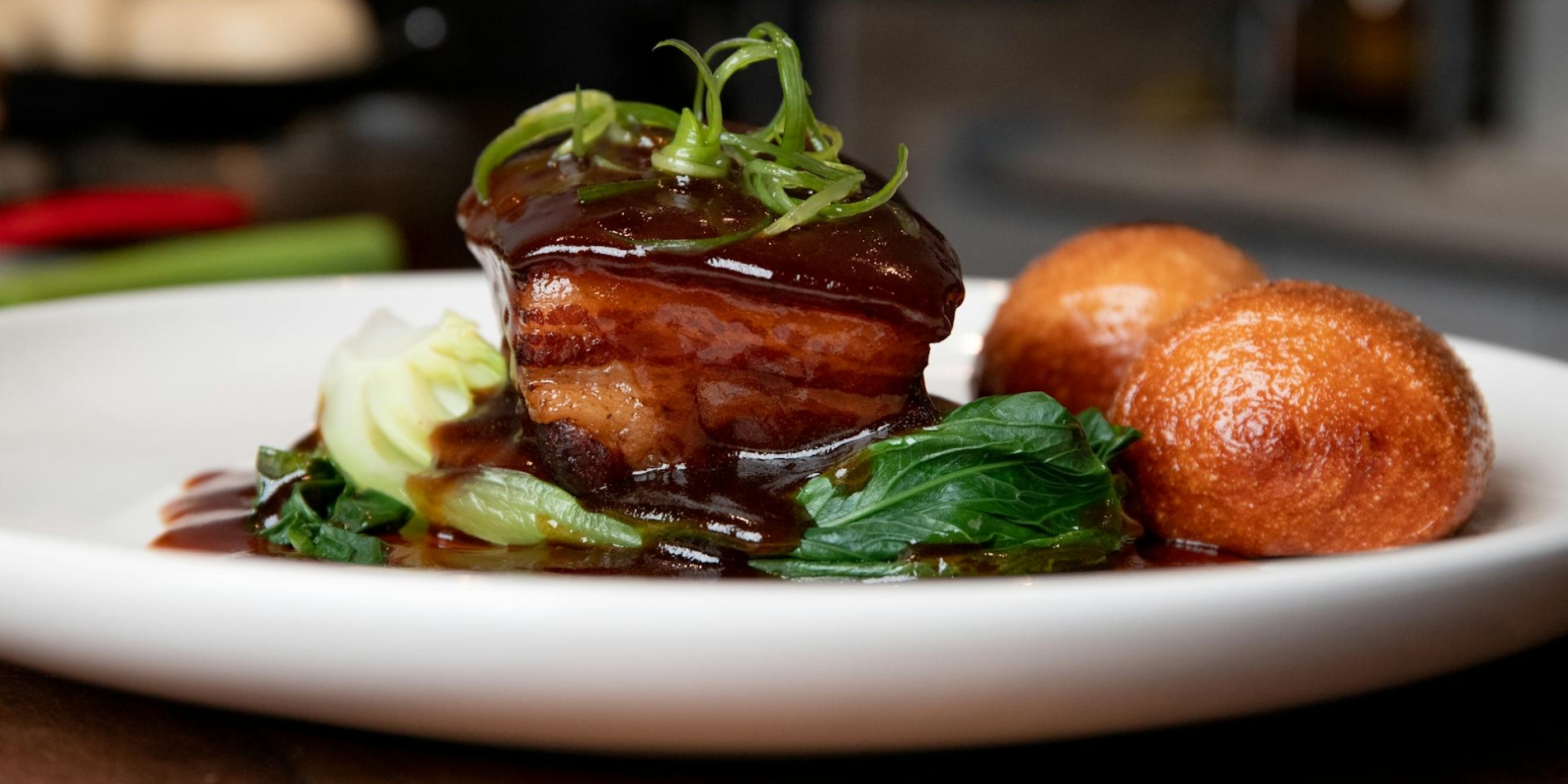
Zhejiang cuisine, hails from the Zhejiang province. It is celebrated for its fresh, tender, and light flavors. It emphasizes preserving the original taste and texture of ingredients, often using gentle cooking techniques such as quick stir-frying, steaming, and braising. The cuisine is known for its subtle sweetness, delicate aroma, and refined presentation, which highlight the quality and freshness of local produce.
Key ingredients in Zhejiang cuisine include freshwater fish, seafood, bamboo shoots, poultry, and a variety of vegetables grown in the region's fertile lands.
Classic Dishes: Dongpo Pork, West Lake Vinegar Fish, Beggar's Chicken, Longjing Shrimp.
Zhejiang cuisine's dishes not only satisfy the palate but also reflect the province's cultural heritage and deep connection to its natural surroundings.
● Fujian cuisine
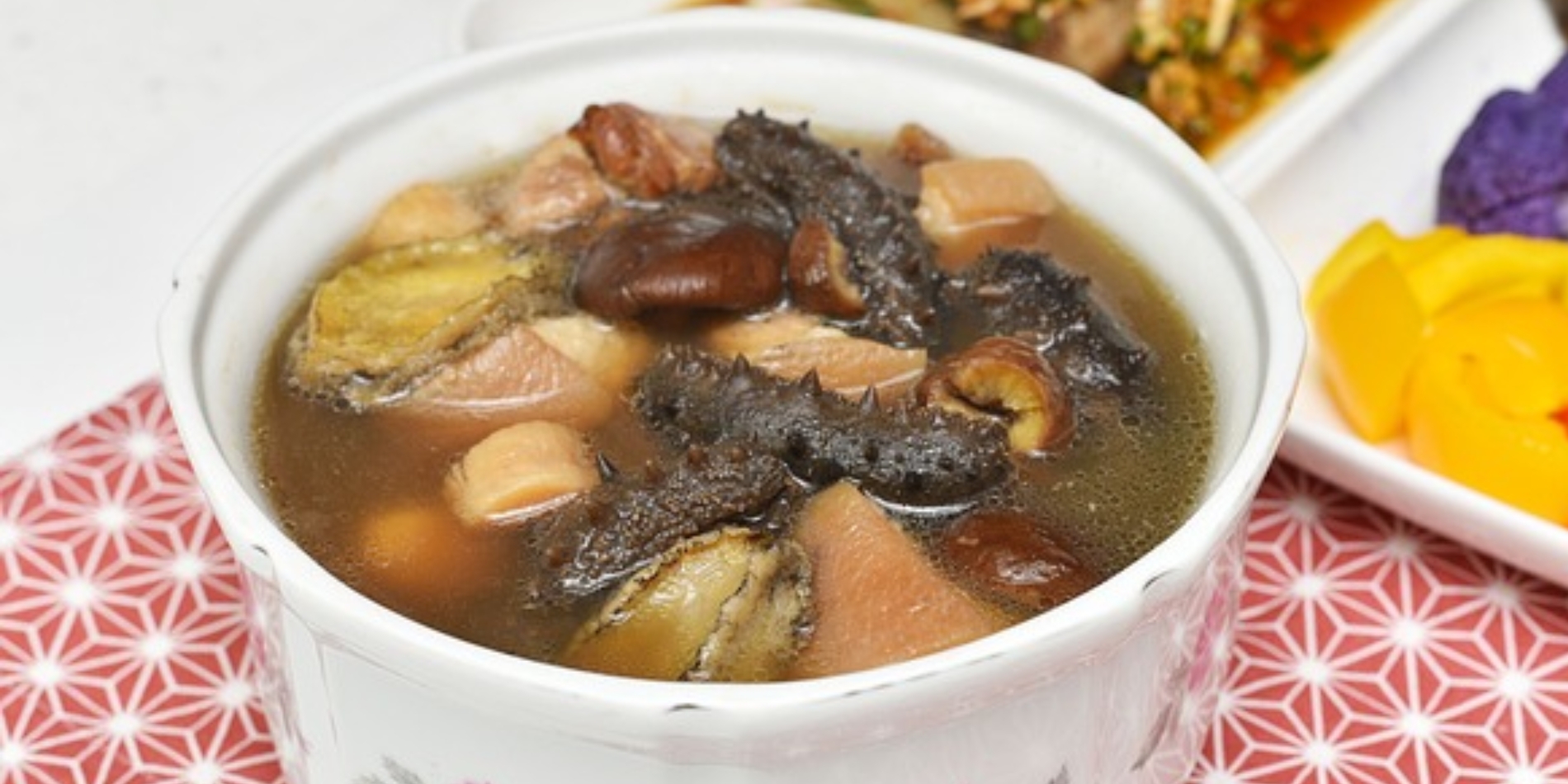
Fujian cuisine, known as Min cuisine, originates from the Fujian province on China's southeastern coast. It holds a distinguished position among Chinese culinary traditions, celebrated for its emphasis on seafood, umami flavors, and diverse cooking techniques. It characterized by its fresh, light, and slightly sweet flavors. It showcases a balance of salty, sweet, sour, and savory tastes, often achieved through the use of ingredients like seafood, mushrooms, bamboo shoots, and various herbs. Common cooking methods include steaming, braising, stir-frying, and boiling, with an emphasis on preserving the natural flavors and textures of the ingredients.
Key ingredients in Fujian cuisine include seafood such as fish, shrimp, and crab, as well as poultry and a wide array of vegetables and fungi. The cuisine is renowned for its meticulous preparation and attention to detail in knife skills and cooking techniques. Fujian dishes often feature a delicate and refreshing taste profile, with dishes that are visually appealing and aromatic.
Classic Dishes: Buddha Jumps Over the Wall, Braised Minced Meat, Fujian Fish Balls, Oyster Omelette.
Fujian cuisine continues to be cherished both locally and internationally for its distinctive taste and cultural significance.
● Hunan cuisine
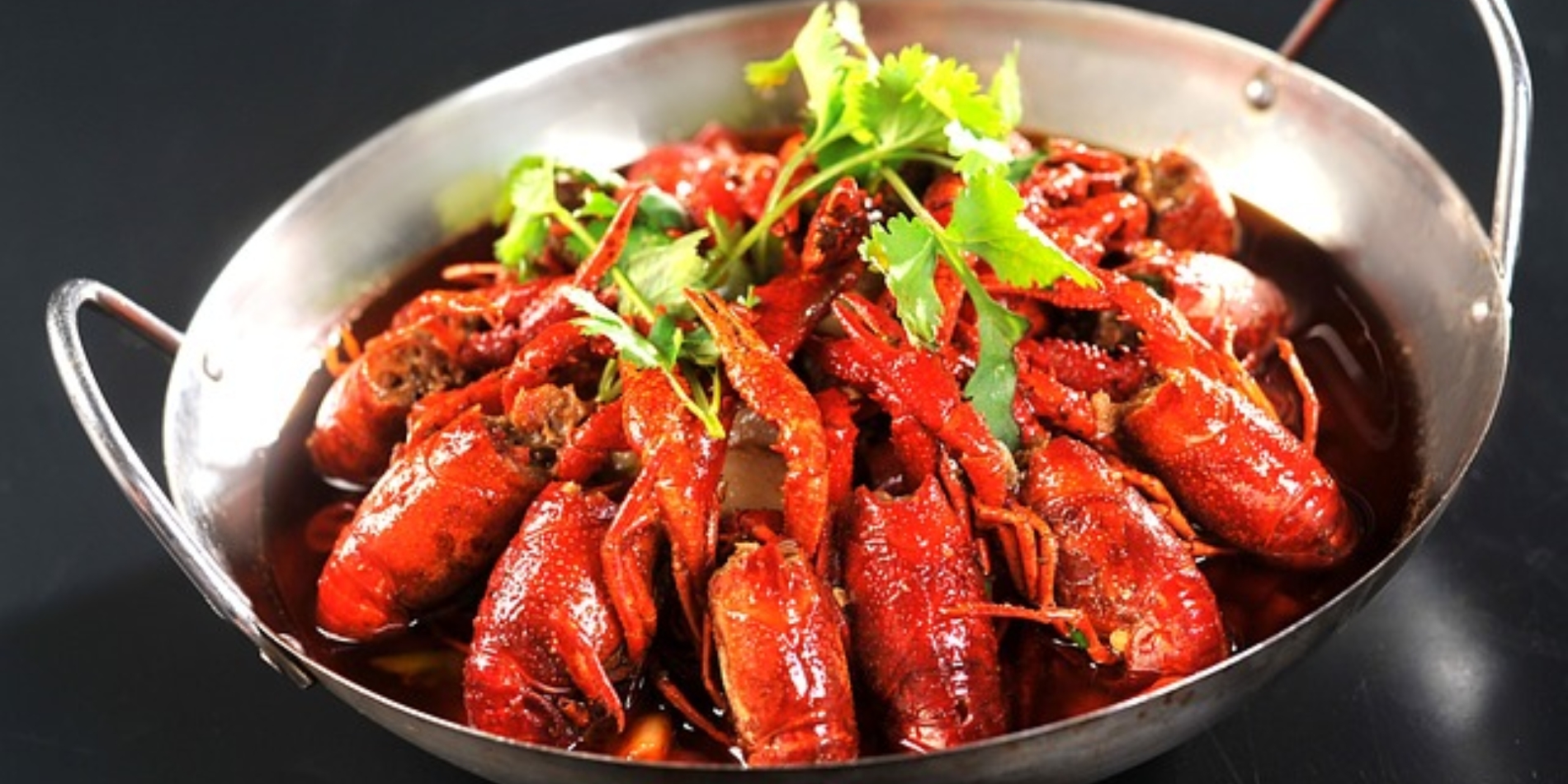
Hunan cuisine, also known as Xiang cuisine, originates from the Hunan province. It renowned for its bold flavors, spicy dishes, and diverse culinary techniques. It is characterized by its spicy, savory, and aromatic flavors. Chili peppers, shallots, garlic, and fermented soybeans are commonly used to create its distinctive taste profile. And it emphasizes pure spiciness combined with a rich, deep flavor base. Cooking methods include stir-frying, steaming, braising, and smoking, all aimed at preserving the natural textures and flavors of the ingredients.
Key ingredients in Hunan cuisine include freshwater fish, pork, chicken, and various vegetables such as eggplant and green beans.
Classic Dishes: Chairman Mao's Red-Braised Pork, Dry-Fried String Beans, Steamed Fish Head with Chopped Chili, Hot and Sour Beef.
● Hui cuisine
Hui cuisine, also known as Anhui cuisine, hails from Anhui province. It holds a prestigious place among Chinese culinary traditions, noted for its delicate flavors, artistic presentation, and historical significance. It is characterized by its mild and light flavors, emphasizing natural taste and freshness. It often features wild herbs, mountain delicacies, and river fish, reflecting the region's abundant natural resources. Anhui dishes are subtle, focusing on braising, stewing, and steaming to enhance flavors without overpowering ingredients.
Key ingredients in Hui cuisine include freshwater fish, bamboo shoots, mushrooms, and the famed Anhui yellow mountain ham.
Classic Dishes: Stewed Soft-Shell Turtle with Ham, Braised Bamboo Shoots, Duck Cooked with Tea Leaves, Braised Pork Belly with Preserved Vegetables.
Hui cuisine's cultural significance and culinary artistry have earned it recognition as one of China's Four Great Traditions of cuisine.
2. Chinese Specialty Foods
● Sichuan hot pot
Sichuan hot pot is known for its four best qualities: numbness, spiciness, freshness and aroma. A pot of red-colored soup base boils with the essence of butter and a variety of spices, and a clever blend of chili peppers and peppercorns inspires a mouth-watering spicy temptation. Diners sit around the stove and throw a variety of ingredients into the pot one by one, from tender slices of beef to crunchy vegetables, each ingredient absorbs enough flavor in this sea of boiling hot soup to become fresh and delicious. Dipped in the special sauce, each bite is the ultimate tease to the taste buds, making you want to go on and on.
● Sichuan Spicy Hot Pot
Sichuan Spicy Hot Pot is a traditional specialty snack originated in Leshan, Sichuan Province, which is famous for its spicy and fresh taste. It is made from a variety of meat, vegetables, soy products and other ingredients with seasonings such as chili peppers and peppercorns, making it rich in flavor and memorable. As one of the representative cuisines of Sichuan and Chongqing, Sichuan Spicy Hot Pot is not only popular among local people, but also attracts many foreign tourists to taste it.
● Beijing Roast Duck
Indulge in the exquisite flavors of Beijing Roast Duck, a masterpiece of Chinese cuisine celebrated worldwide. Tender slices of succulent duck, enveloped in a delicate, crispy skin, promise a symphony of savory perfection. Each bite unveils a harmonious blend of traditional spices and meticulous roasting techniques, showcasing centuries of culinary craftsmanship. Served with thin, warm pancakes, along with tangy hoisin sauce, fresh cucumbers, and spring onions, every assembly becomes a moment of culinary bliss. Beijing Roast Duck embodies not just a meal, but a cultural heritage that delights the senses and captivates the palate.
● Yunnan Rice Noodles
Yunnan Rice Noodles, a beloved specialty from China's southwestern Yunnan province, beckon with their simplicity and rich flavors. These noodles are made from finely ground rice flour and served in a fragrant broth that varies in flavors from mild to spicy.
What sets Yunnan Rice Noodles apart is their versatility and the variety of toppings and accompaniments that accompany them. From tender slices of pork, beef, or chicken to fresh herbs like cilantro and mint, and often served with pickled vegetables, peanuts, and chili oil, each bowl is a delightful medley of textures and tastes. The broth, typically simmered with ingredients like garlic, ginger, chili peppers, and sometimes even medicinal herbs like Yunnan ham or dried mushrooms, infuses the noodles with a depth of flavor that is both comforting and invigorating.
● Rougamo
Rougamo, also known as Chinese hamburger a classic cuisine of the ancient capital of Xi'an, is renowned for its crispy bun and flavorful meat. The outer skin is made of high-quality flour, which is crispy on the outside and soft and layered on the inside. The inner filling is carefully stewed pork, fat and thin, tender and juicy, fragrant. The stewed meat is chopped up and pushed into the hot bun, then drizzled with a little gravy, one bite down, the crispiness of the bun and the mellow flavor of the meat are perfectly blended, leaving a long lasting memory.
● Jianbing Guozi
Jianbing Guozi(Pancake rolled with crisp fritter), a popular traditional snack in northern China, is loved for its crispy flavor and balanced nutrition. A pancake as thin as a cicada's wing, wrapped with golden and crispy fritters or thin crisps, sprinkled with green onion, cilantro, and drizzled with sweet noodle sauce, chili sauce and other seasonings, is colorful and fragrant. With one bite, the toughness of the pancake and the crispiness of the fritter intertwine in your mouth, and the savory aroma of the sauce and the freshness of the vegetables reflect each other in a delicious way.
● Tangyou Guozi
Tangyou Guozi, a traditional snack unique to the Sichuan region, has won the hearts of countless diners with its unique flavor of crispy outside and soft, sweet but not greasy inside. The balls made of glutinous rice flour are rolled in a boiling hot frying pan until golden and crispy, and then covered with a layer of crystal clear sugar coating, as if wearing a layer of shining armor. When you take a bite, you will first feel the sweetness and crunchiness of the outer layer of sugar coating, followed by the softness and sweetness of the inner glutinous rice ball, the two very different tastes mingle in your mouth, bringing unprecedented taste enjoyment.
● Xiaolongbao
Xiaolongbao, originate from the Jiangnan region of China, is famous for its thin skin and large filling, rich soup and delicious flavor. The delicate dough wrapped with delicious meat filling is skillfully kneaded into small and exquisite buns, which are put into the steamer to be steamed. After gently lifting, slowly moving, and opening the window for air, a bite is taken, and the delicious soup instantly explodes in the mouth, blending perfectly with the delicate meat filling and elastic dough, making it mesmerizing.
● Spring rolls
Spring rolls, known for their crispy outer skin and flavorful inner filling, are a beloved staple of Chinese cuisine, acclaimed for their delicious flavor and versatility. These cylindrical wonders are usually made by wrapping vegetables, meats (such as shrimp or pork), and sometimes savory mixtures such as vermicelli noodles in a thin crust, then frying them until golden brown. Spring rolls all epitomize the Chinese culinary art of harmoniously blending flavors and textures to delight the taste buds and evoke a sense of celebration.
● Dim Sum
Cantonese Dim Sum, originating from the vibrant culinary traditions of Guangdong province in Southern China, is a revered culinary experience known for its exquisite variety and delicate flavors. These bite-sized delights, often served in bamboo steamers or on small plates, offer a tantalizing array of flavors and textures that cater to both the palate and the senses. Accompanied by fragrant Chinese tea, the ritual of enjoying dim sum is as much about socializing and sharing as it is about savoring the culinary delights. Whether enjoyed in bustling dim sum restaurants or during leisurely weekend brunches, Cantonese dim sum embodies the rich culinary heritage and hospitality of Guangdong, inviting diners on a gastronomic journey filled with joy and satisfaction.
Lanzhou Beef Noodles, a cornerstone of Northwestern Chinese cuisine, captivate with their robust flavors and artisanal preparation. Originating from Lanzhou in Gansu province, these noodles are revered for their simplicity and depth of taste.
At the heart of this dish are hand-pulled noodles, skillfully stretched to achieve a perfect chewy texture. The broth, simmered for hours with beef bones and an array of spices including star anise, cloves, and ginger, imparts a rich umami flavor that complements the tender slices of beef.
Mapo Tofu, a renowned dish from the Sichuan province of China, is celebrated for its bold flavors and fiery kick. Tender minced pork or beef often adds a savory depth to the dish, complementing the soft texture of the tofu. Garnished with chopped scallions for freshness and served piping hot, Mapo Tofu is traditionally enjoyed with steamed rice to soak up the flavorful sauce.
Suancai Fish features tender fish fillets, typically from freshwater fish like carp or tilapia, simmered in a broth infused with suancai (pickled Chinese cabbage), chili peppers, ginger, garlic, and Sichuan peppercorns. The pickled suancai lends a distinctive sourness to the broth, which is balanced by the richness of the fish and the aromatic spices. The dish is often garnished with cilantro and green onions, adding a fresh herbal note that complements the bold flavors.
Contact us via WeChat
for any inquiry
Scan ChinaTravel QR Code
Price is based on a 2-person tour with 4-star hotels in low season.
Need Help?
Request a custom itinerary today and get one step closer to your personalized trip
Create Your Trip







